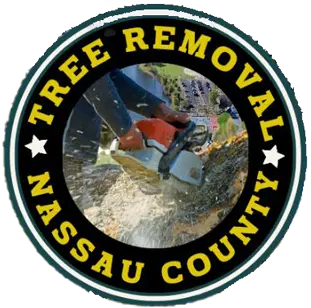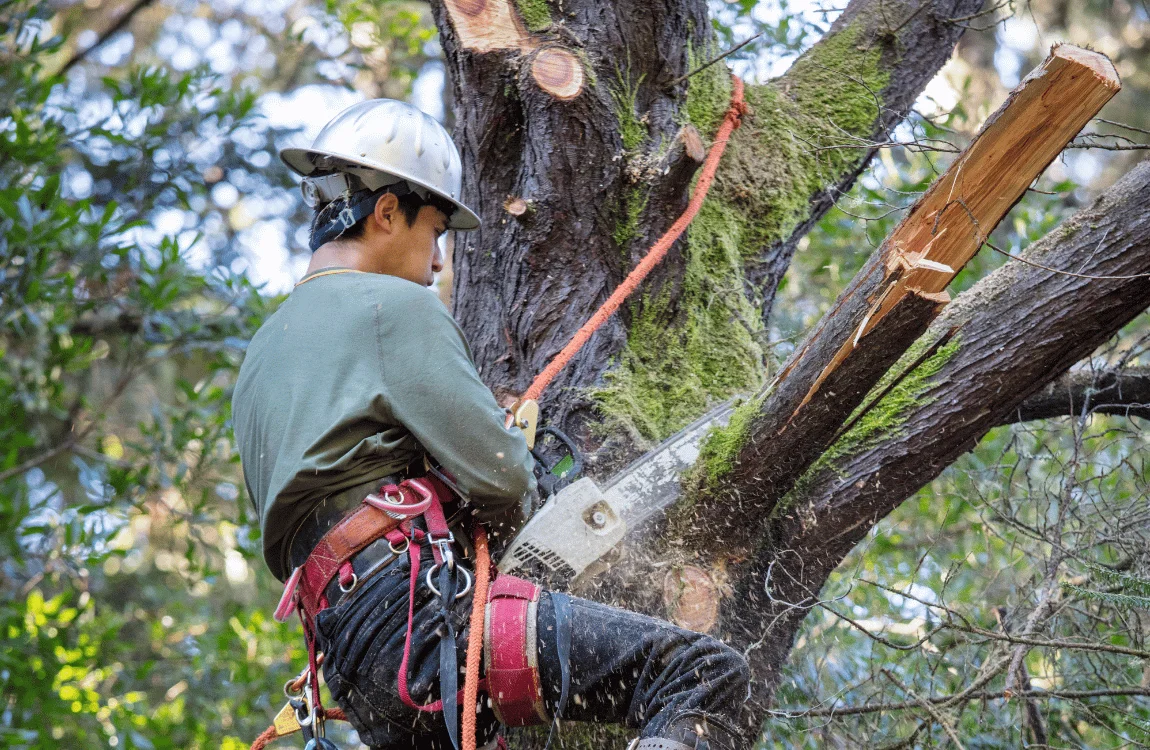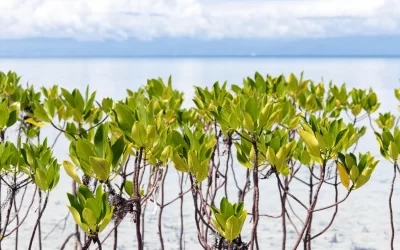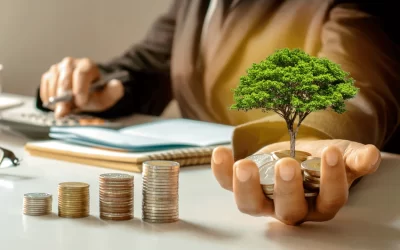Tree topping, also known as “heading,” “tipping,” or “hat-racking,” is a type of pruning that is often performed with the intention of reducing the size of a tree. Homeowners and sometimes even untrained professionals might top a tree to reduce the risk of storm damage, to clear branches from power lines, or simply to reduce the overall size of the tree for aesthetic reasons. However, this practice can be incredibly harmful to trees. In this guide, we’ll explore what tree topping entails, why it’s damaging, and what healthier alternatives are available for managing tree growth.
Understanding Tree Topping
Tree topping is the indiscriminate cutting back of tree branches to stubs or to the lateral branches that are not large enough to assume the terminal role. This often results in a ‘stubbed’ look, with the natural shape of the tree being completely altered. The following table highlights the primary characteristics and consequences of tree topping:
| Characteristic | Consequence |
|---|---|
| Cutting the main branches | Stimulates dense regrowth of smaller branches |
| Removal of a significant portion of the leafy crown | Decreases the tree’s energy resources and weakens its structure |
| Creates large wounds | Makes the tree susceptible to disease and decay |
| Results in sunburned bark tissue | Can lead to cankers, bark splitting, and death of some branches |
Why is Tree Topping Harmful?
Tree topping is not a recommended practice for several important reasons:
- Stress: Topping can remove 50-100% of the leaf-bearing crown of a tree. Since leaves are the food source for any tree, the loss of this many leaves can temporarily starve a tree and trigger various survival mechanisms.
- Shock: A tree’s crown is like an umbrella that shades much of the tree from the direct rays of the sun. Removing it all at once can lead to sunburn of the tissues beneath the bark, which can further cause cankers, bark splitting, and branch death.
- Decay: The stubs of a topped tree have a difficult time forming callus. The terminal location of the pruning cuts can also prevent the tree from naturally closing the wound, leading to decay entering the trunk.
- Rapid growth: Ironically, the technique that is often used to “control” a tree’s size can make it grow taller. The growth that follows topping is often fast but weakly attached and more likely to break off in a storm than healthy branches.
- Appearance: A topped tree is disfigured and often never regains its natural shape and beauty.
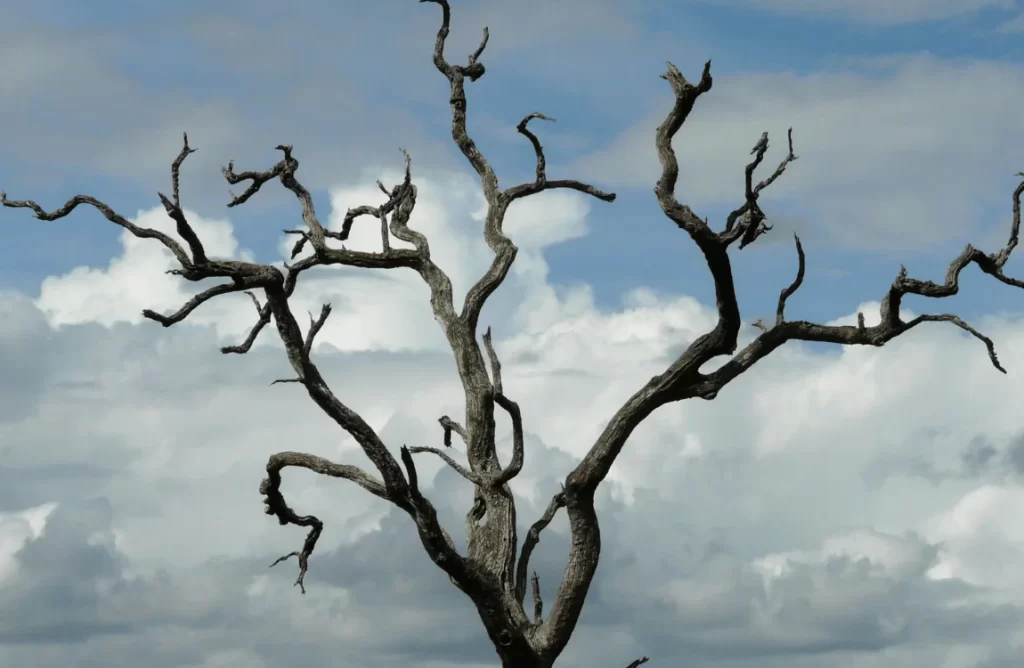
What Are the Alternatives to Tree Topping?
Fortunately, there are numerous other methods of pruning that can manage a tree’s size and shape without the harmful effects of topping. These methods involve understanding the tree’s natural growth patterns and making strategic cuts that can reduce height and spread without damaging the tree. Here are a few alternatives:
- Reduction Cutting: This method involves reducing the length of a limb back to a secondary branch that is large enough to assume the terminal role. This helps maintain the form and structural integrity of the tree.
- Thinning: Selective removal of branches to improve structure and to increase light penetration and air movement through the crown.
- Raising: Removing the lower branches from a tree in order to provide clearance for buildings, vehicles, pedestrians, and vistas.
- Cleaning: The removal of dead, dying, diseased, crowded, weakly attached, and low-vigor branches from the crown of the tree.
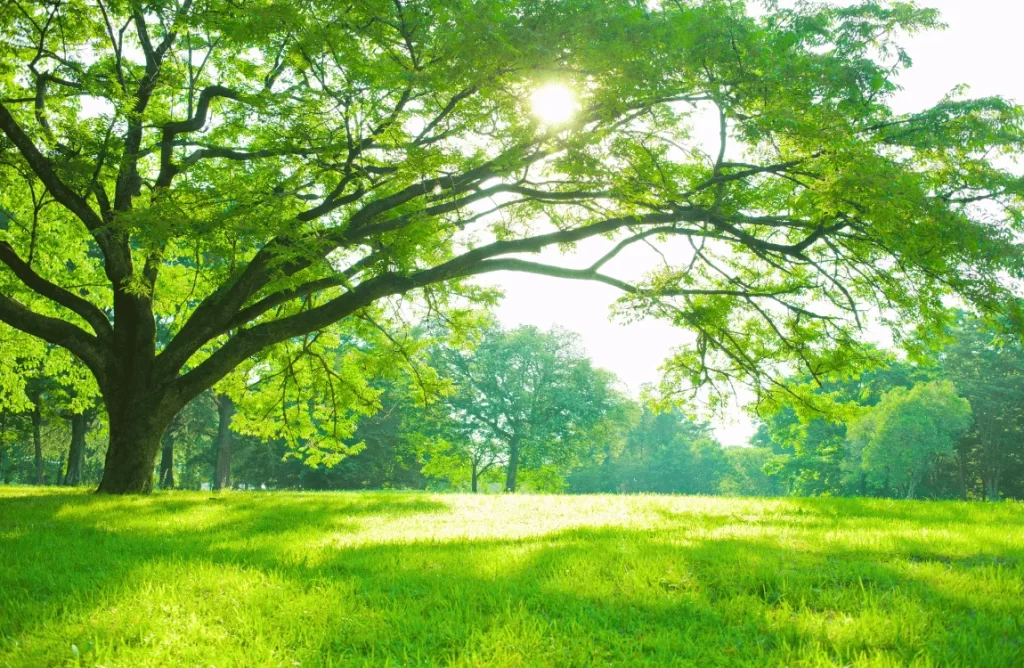
Consulting with a Professional
If you are considering having work done to your trees, it is best to consult with a professional arborist who is trained and equipped to make these types of decisions in a way that promotes tree health and safety. An arborist can provide services such as:
- Proper pruning technique
- Planning for the safety and health of your trees
- Providing treatment for pests and diseases
- Determining the safest way to remove a tree, if necessary
In Conclusion
Tree topping is a harmful practice that is unfortunately still used, despite its significant drawbacks. It can cause long-term damage to trees and can often be more expensive than proper pruning due to the care and treatment required after topping. If you care for the health and appearance of your trees, always consider healthier, more effective alternatives and consult with a certified arborist for their expert advice.
Frequently Asked Questions For What Is Tree Topping? Unveil The Truth Behind It
What Is Tree Topping?
Tree topping is a controversial pruning practice involving cutting tree branches to stubs to reduce the size of a tree.
Why Is Tree Topping Harmful?
Tree topping can lead to stress, decay, and weakened branches, making trees more vulnerable to pests and diseases.
Can Tree Topping Kill A Tree?
Yes, tree topping can severely damage a tree’s health and potentially lead to its death by starving it and exposing it to infestations.
What Are Alternatives To Tree Topping?
Alternatives include selective pruning, crown reduction, and canopy thinning, which maintain a tree’s health and structure.
Happy Tree Services!
